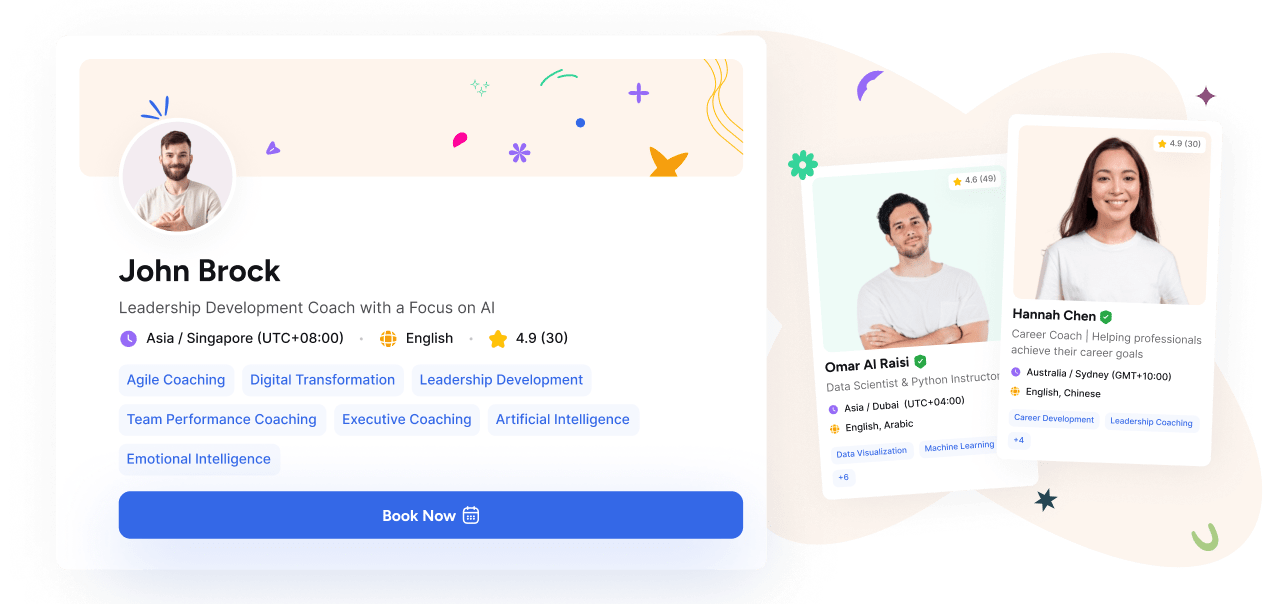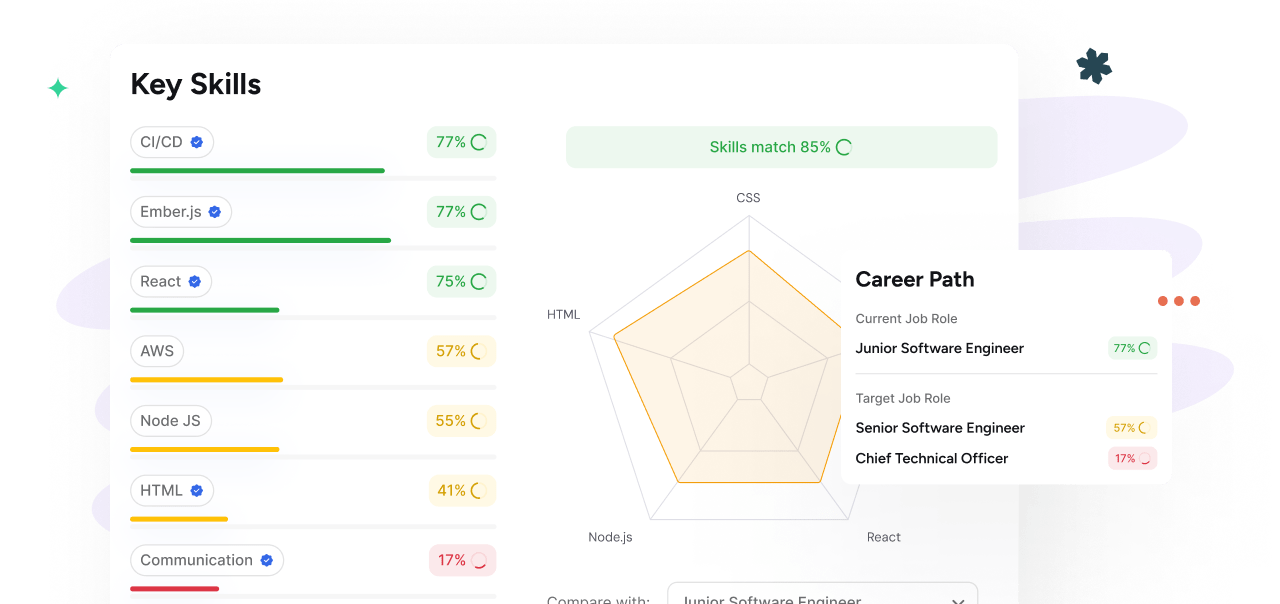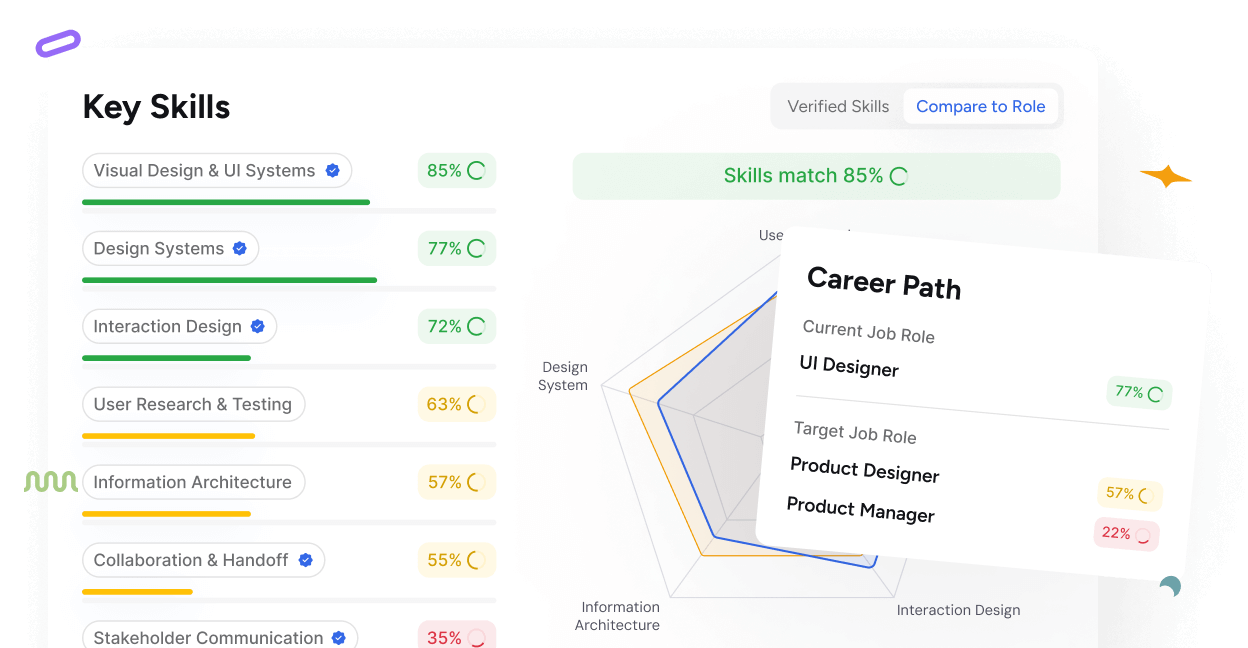Supercharge Your Team WithStronger Leaders
Skills U is your go-to Talent Partner. We help you build, develop, and empower your people with the right skills to succeed.










Skills as a Strategic Advantage
Skills U starts with understanding your business and people needs. Through discovery, skills analysis, and tailored learning design, we match you with the right experts and solutions to drive growth.
Expert Faculty
- Curated global network of consultants, coaches and trainers
- From leadership to technical training, all in one place
- Quality assurance through Skills U vetting

Adaptive Skills Development
- AI-powered skills mapping
- Adaptive pathways that evolve with changing tools
- Development designed for the future, not yesterday’s needs

Workshops & Events
ROI or Bust: The Real Value of Learning
Speed Coaching with Skills U Experts
The Skills You Can’t Afford to Ignore
Skill-Building Courses

Leadership Edge for Women: Confidence, Influence, Impact

Growth Engine: Winning in Business and Sales
How It Works
From insight to impact in three steps.
Map skills and gaps with AI.
Verified Skills Profiles let you go beyond CVs and credentials with real, trusted data, enabling you to build impactful learning plans.

Match people to the right experts and programs.
Book a 1:1 session, or speak to us to arrange custom training for your team. Online or in-person, on your terms.

Track measurable progress and ROI.
Workforce Dashboards give you real-time visibility into skills strengths, gaps, and development ROI.

What Our Clients Say
Discover how Skills U has empowered professional teams to grow and succeed.
Ready to Get Started?
Transform your business with Skills U - personalized learning that works.
Discover Skills U
- Agile Coaching
- AI Consulting
- Business Coaching
- Career Coaching
- Communication Coaching
- Digital Transformation
- Executive Coaching
- Financial Coaching
- Health & Wellness
- Innovation & Strategy
- Leadership Coaching
- Life Coaching
- Mindset Coaching
- Performance Coaching
- PR & Media Training
- Sales Coaching
- Team Building & Culture
- Technology Consulting
Interested in Partnerships?
Please complete our contact form with your contact details, and our team will be in touch.
Stay Ahead of the Skills Curve
Get the latest insights, trends and resources on how the world's best coaches and trainers develop potential.
Trainer, Coach or Consultant?
Apply to join our global network of expert trainers, consultants and coaches, and start earning from your expertise.
Apply Now